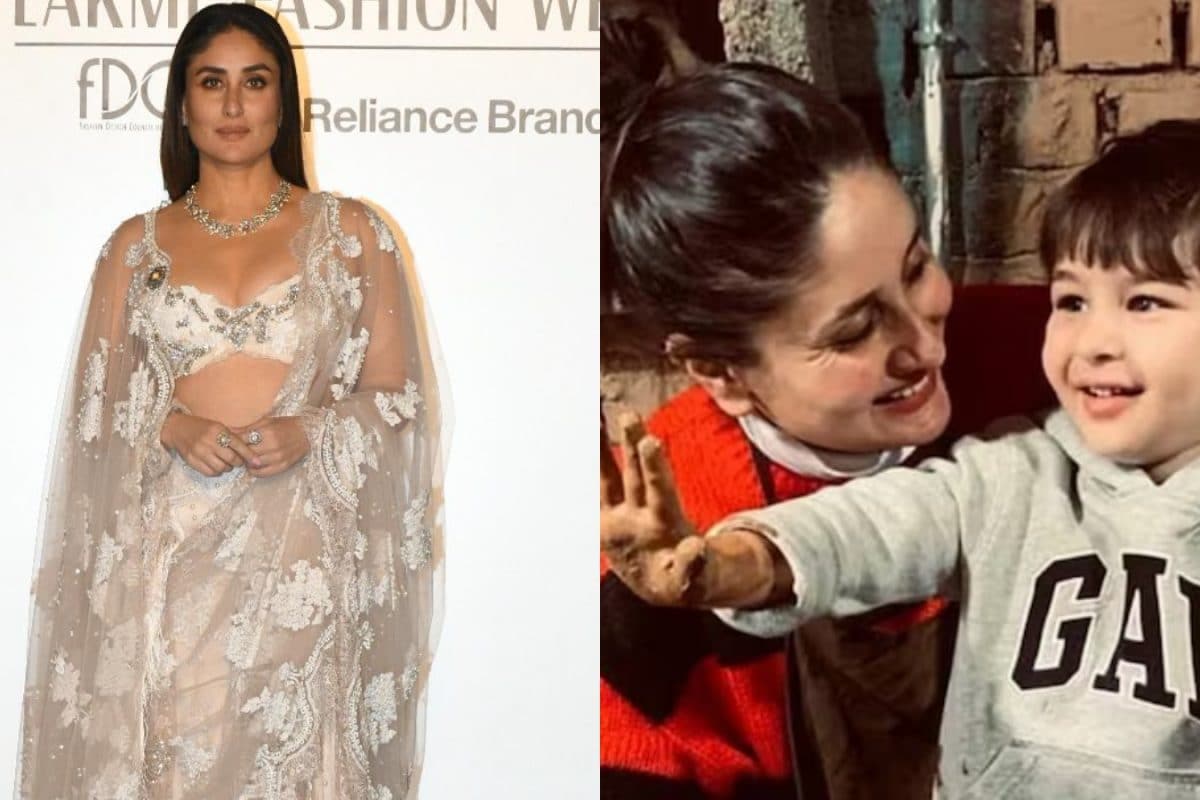Few things are as synonymous with the holiday season as the Christmas tree , though many don't know we have the royals to thank for its popularity. Of course, the origins of the Christmas tree date back farther than the formation of the royal family, with ties to ancient Egyptian, Chinese and Hebrew cultures. However, the Christmas tree became a holiday staple in England in 1841 as an unexpected result of the late Queen Victoria's husband, Prince Albert .
READ MORE: The key lessons from 91 years of royal Christmas messages Evergreen trees have long symbolised eternal life and tree worship has been a major part of paganism, even surviving its conversion to Christianity. In Scandinavian customs, decorating one's home with evergreens over the New Year period was common to deter negative spirits. READ MORE: Christmas 'gag gifts' royals have given each other over the years Another common tradition that has withstood the test of time is the use of Yule trees at the entrances of homes during the winter months.

Despite the longstanding ritual surrounding evergreen trees, it wasn't until a fateful royal gift that Christmas trees became what they are today. Western Germany had begun using the trees in a popular mediaeval play, representing the Garden of Eden. Coined the "paradise tree," Germans would set them up on December 24 in honour of the religious feast day of Adam and Eve.
German Lutherans had spread the custom by the turn of the 18th century. Still, it wasn't a deep-rooted t.

























